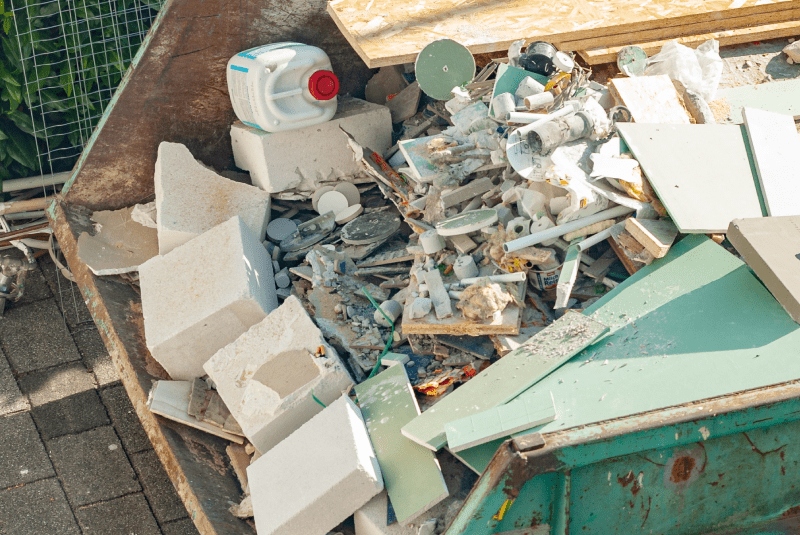Construction generates all kinds of waste and debris that contractors and workers need to deal with. Many of these materials can be quite hazardous and need to be handled and disposed of carefully to prevent injury or illness and protect the environment. Here is what you need to know about construction debris and how to deal with it.
What is Construction Debris?
Construction debris is a broad term that describes any substance or material that is commonly found on a construction site as a by-product of the building process. It includes bricks, concrete chunks, timber, steel, gypsum, asbestos and electrical equipment. Debris could be generated during the process of constructing a building, but also from the process of demolishing a building or stripping its interior.
What Are the Risks of Construction Debris?
Different types of construction debris pose different kinds of risks. Material scraps lying around a home or construction site could become a tripping hazard. Sharp edges of steel or glass could cause cuts of varying severity. Scrap timber or other flammable materials could become a fire hazard. Asbestos, lead, and other toxic materials present both long-term and short-term health risks to those who are exposed to them. All construction debris should be disposed of carefully, preferably by waste handling professionals, with full consideration given to the particular risk that they pose.
Common C&D Waste That is Considered Hazardous
While bricks, stone, concrete, steel, and timber may pose physical risks and could inflict injuries such as cuts, grazes, or trip-and-fall incidents, these are not considered to be the most hazardous materials on a construction or demolition site. A hazardous material is defined as one with properties that make it dangerous or capable of having a harmful effect on human health or the environment. When it comes to C&D, this could include such materials as asbestos and lead, both of which can have serious toxic effects on humans who come into contact with them. The inhalation of asbestos fibers, for example, has been associated with a variety of lung diseases, including cancer. It is important to note that most junk removal companies, including Junk Boss, are not equipped and trained to handle these materials. We can remove all other debris and rubble, but if you have any of these dangerous waste materials on your site, you will need to contact a specialized hazmat crew.
Using Junk Removal Services For Construction Debris
Knowing that C&D debris needs to be disposed of with care, it is best to leave the job to professional waste handling companies who have the equipment and expertise to collect and haul these materials without inflicting any damage or injuries. A professional team knows how to remove the debris safely, so you can rest assured that any risks to you, your family or construction crew are eliminated. Construction sites are busy and often chaotic places. Waste can very easily be left lying around, making the work environment more dangerous. You don’t have to keep working around these dangerous materials. Instead, call a professional junk haulage company to take it away for you. Junk Boss provides professional junk removal services to individuals and businesses in the Oklahoma City area. If you need help handling and removing construction debris, contact us.

